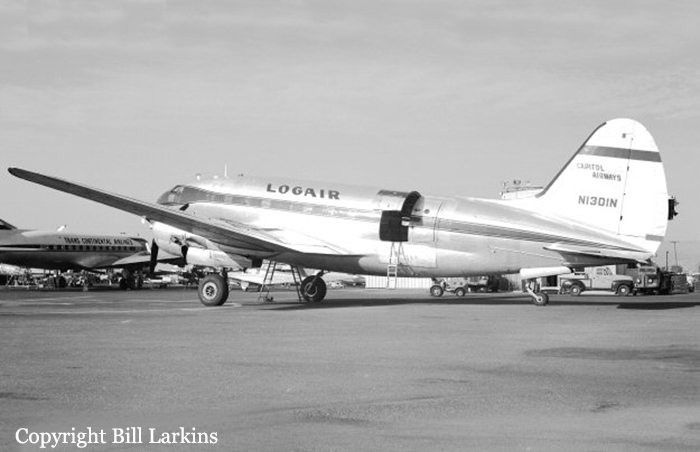Crash of a Beechcraft D18S in Fort Collins
Date & Time:
Nov 30, 1995 at 1330 LT
Registration:
N8603A
Survivors:
Yes
Schedule:
Fort Collins - Fort Collins
MSN:
A-557
YOM:
1951
Crew on board:
2
Crew fatalities:
Pax on board:
1
Pax fatalities:
Other fatalities:
Total fatalities:
0
Captain / Total hours on type:
800.00
Circumstances:
The pilot-owner/operator, who was seated in the right seat, said the left seat pilot made the approach to runway 15. The wind was reported as being from the southwest at 20 knots with no reference to gusts. He said the pilot aligned the airplane 40 feet left of runway centerline and failed to flare. The airplane contacted the runway, bounced back into the air with the right wing high, and began drifting to the left. The right seat pilot took control, first trying to lower the wing then attempting to abort the landing. The airplane struck the ground and cartwheeled. The left seat pilot said he was 'receiving training' from the pilot-owner and was 'not at the controls' at the time of the accident.
Probable cause:
The second pilot's failure to compensate for wind conditions and his improper recovery from a bounced landing, and the pilot-in-command's inadequate supervision of the flight. Factors were the second pilot's lack of landing experience in the airplane make/model, and the gusty crosswind conditions.
Final Report:



